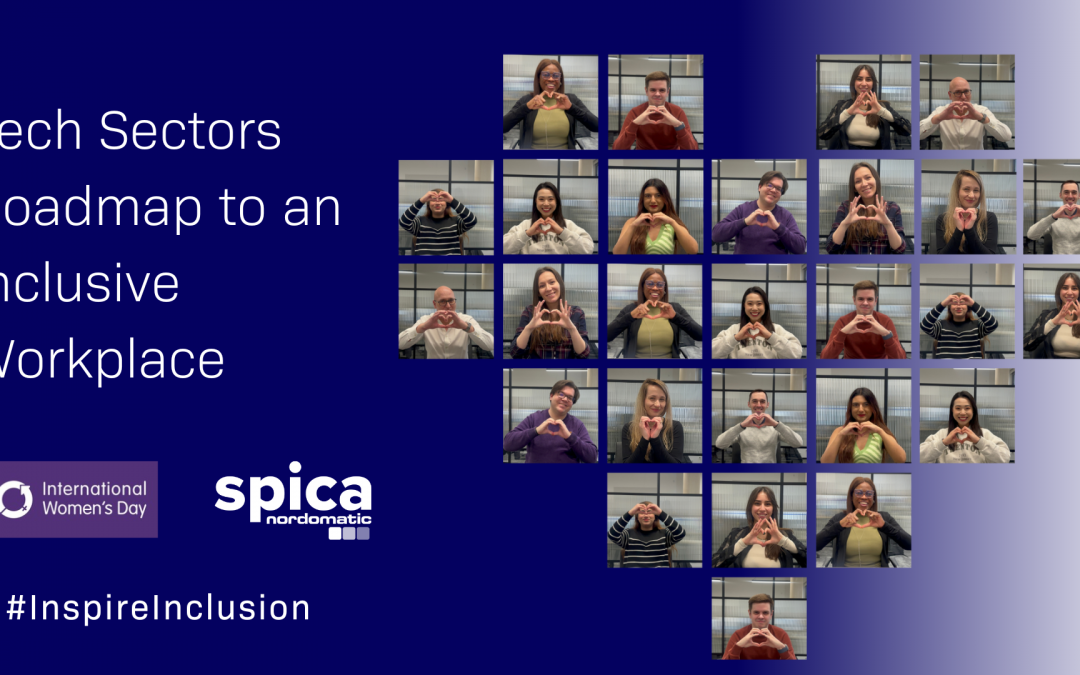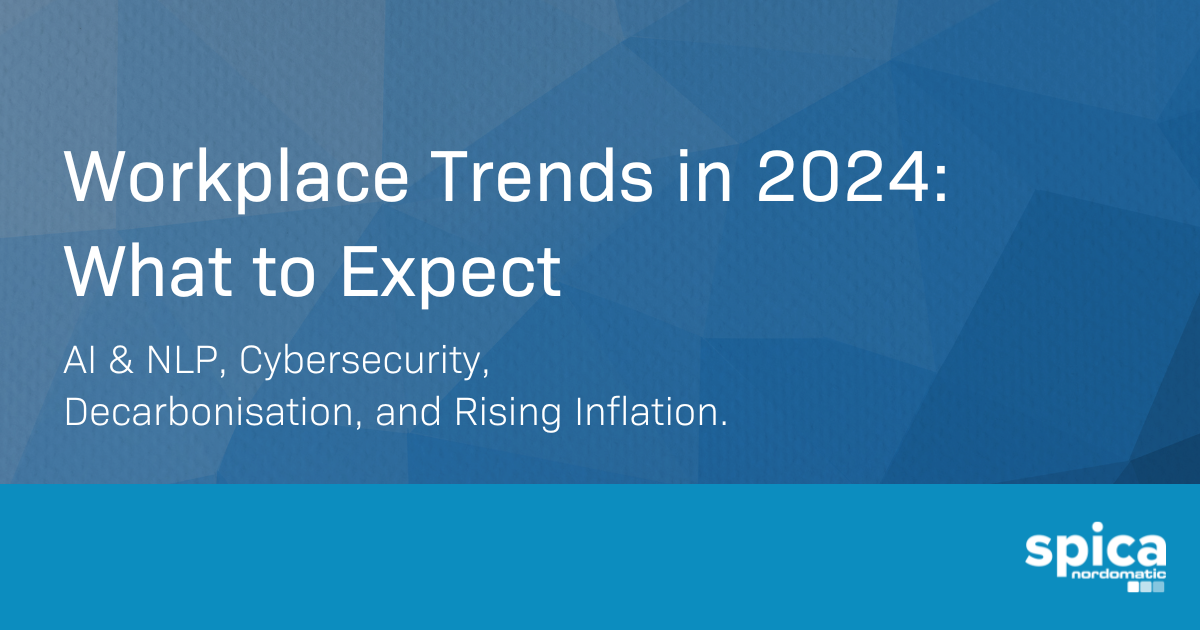It’s National Clean Air Day! A day dedicated to raising awareness on the harmful effects of air pollution and the benefits of breathing clean air. From pledging to walk, using electric cars instead or learning more about air pollution, these are just some of the ways people are showing their support for #CleanAirDay2022.
Whilst these pledges are great for the present, for the long-term, a more concrete plan of action is necessary for maintaining the clean air. The Covid-19 pandemic shone a light on how it’s not too late yet for change, and air quality can still be improved like it did when air pollution fell by 40% in the first three months of lockdown in 2020, as result of a reduction in traffic.
How Is Air Quality Regulated?
As of 2022, there are currently no official standards for indoor air quality (IAQ) like smart building certifications however, there are voluntary schemes which building owners can join to show their commitment to improving IAQ.
- Building Research Establishment Environmental Assessment Method (BREEAM), ‘BREEAM Hea 02 Indoor Air Quality’
- Leadership in Energy and Environmental Design (LEED)
- WELL Air Quality Standards (WELL v2)
Why Is It Important We Maintain Clean Air?
Outdoor air pollution mostly arises due to the burning of fossil fuels for transportation and energy production thus, making outdoor air pollution a major environmental health problem affecting everyone. Outdoor air pollution also affects indoor air quality heavily, leading to indoor air quality being two to five times worse than outdoor air quality.
“Air pollution isn’t just a problem on our streets, but in our homes too. You can’t just close your door and shut out air pollution. We were shocked to discover that pollution at its peak can be up to 560 times higher indoors than it is outdoors. The combination of indoor and outdoor air pollution sources is turning our homes into toxic boxes, with pollution trapped inside.”
Chris Large, Senior Partner at Global Action Plan
Poor indoor air quality arises because of lack of good indoor ventilation taking place resulting in the rate at which outdoor air replaces indoor air being low and pollutant levels increasing. Indoor air pollutants such as excess moisture, volatile organic compounds and carbon monoxide result in damp houses, irritation in the nose and throat, and lack of good quality sleep. This links poor indoor air quality to heart disease and chronic and acute respiratory diseases, including asthma and lung cancer.
A high correlation between indoor air quality and health are making both people and businesses more aware of the need for healthier spaces and the benefits they provide. With the focus shifting to employee experience and engagement, businesses are willingly remodelling their business to ensure employees can measure and adapt indoor air quality to their needs. But how can businesses implement the best practises relating to IAQ?
Enter Smart Buildings, Smart Spaces, Smart Cities.
With the help of smart technology such as artificial intelligence, Internet of Things (IoT) connectivity and hardware sensors, businesses can monitor IAQ. Smart technology consists of devices and applications which use sensors to detect issues and provide meaningful data to predict any performance issues in advance. IoT connects devices together over a network, allowing communication of real time data on temperature, humidity, CO2 levels and more. The collected data aids FM teams in making informed and accurate decisions on how to eliminate harmful air pollutants and maintain health and safety of the occupants of the building.
Smart spaces are physical environments infused with technology resulting in interactive spaces and connections between people, processes, and services. Thus, buildings can operate efficiently and productively, making operations for building owners and occupants simpler, and cities smarter and more sustainable.
Smart buildings and smart cities are beginning to pop up everywhere and already, businesses are adopting smart buildings to enhance occupant experience and monitor and control the performance of buildings. Companies are also adopting smart technologies to assist them in implementing a hybrid workplace model which involves employees booking desks and meeting rooms to aid facilities management teams in controlling capacities and traffic flows in the building. Smart city technology like predictive analytics sends data to maintenance teams on any structural changes or cracks in buildings to prevent infrastructure failures and make cities safer.
Types of Smart Technology Which Can Help Make the Air Cleaner Outdoors and Indoors:
Smart sensors, cameras and traffic lights can collect adjust routes of cars and public transport according to demand to help improve congestion and traffic flow. This means fewer cars are sitting with engines on in traffic and letting out huge amounts of CO2 emissions. Streetlamps are fitted with smart LED technology which switch on and off automatically based on light data, reducing energy consumption. This reduced outdoor air pollution.
Similarly, smart sensors in offices can also be used to monitor IAQ such as levels of CO2, volatile organic compounds (VOCs), particulate matter, humidity, and temperature. Smart HVAC technology can be implemented in buildings to automatically control building management systems to increase or decrease heating and air conditioning in proportion to room occupation rates.
Spica’s Smart Solutions
We have a number of solutions that can help landlords, building owners, businesses, tenants and employees in improving IAQ.
Spica Workplace
Spica Workplace consists of our products GemEx Engine® and Luna, our workplace experience platform and app respectively. With our Spica Workplace solution, employees and FM teams can rely on data from IoT sensors to monitor IAQ levels, occupancy, and traffic to maximise employee health and experience.
Poor air quality in the working environment can affect employee’s concentration levels, increase discomfort, and reduce productivity. Spica Workplace provides in-depth insight and enhanced visibility into indoor air quality and helps FM teams in detecting and fixing any issues. This results in employee wellbeing improving hence employee engagement and productivity increases.
Employees will also be more willing to come into work, knowing there is a working environment setup to support their work and comfort. Creating spaces in which people want to work in aids businesses in talent attraction and retention as well as achieving an employee centred corporate culture.
Spica Energy
But why not take it one step further with Spica Energy and reduce energy consumption and enhance occupant wellbeing. Our product Ecopilot® is a fully automated smart solution for real-time HVAC efficiency. Ecopilot works by coordinating ventilation, heating and cooling systems and using real-time data to deliver the greatest energy efficiency possible.
Ecopilot considers the indoor temperature, air quality and external factors such as the sun, wind force, wind direction and temperature. The systems uses a local weather forecast to plan for five days ahead. In this way Ecopilot® can compensate, equalise and utilise different weather conditions in a timely manner hence preparing the building in advance to maximise energy savings in adverse weather.
With over 1000 installations of Ecopilot in Sweden, Germany, Norway, Switzerland, Denmark, the UK and Canada and energy savings up to 40%, our solution Spica Energy is the perfect solution to help improve IAQ. For FM teams, using Ecopilot will mean the process of monitoring and adjusting the indoor air quality levels to ensure it is at optimum level will become automated thus, freeing up time and resources for FM teams to put their focus elsewhere.
The UK Government has pledged to reach net-zero emissions by 2050 and implementing Spica’s solutions is a step towards helping businesses and building owners in becoming more sustainable. With buildings being one of the largest producers of carbon emissions, making buildings smart is the key to achieving net-zero. During heating, cooling, and lighting, the daily operations of a building, a lot of carbon is emitted which contributes to 27% of global greenhouse gas emissions. Ecopilot utilises all the free energy generated every day by people, computers, lighting, and weather which is then stored in the building’s walls, floor, ceilings, fittings and fixtures.
Spica Energy provides in-depth analytics to analyse and make data-driven decisions to optimise energy use thus, helping buildings achieve zero-carbon certifications and overall enable a sustainable profitable business strategy.
Use our online estimated saving calculator to see how much money Ecopilot can save you.
Smart Technology Is The Answer for Cleaner Air
Smart technology is the answer for cleaner air going forward.
Smart Buildings, Smart Spaces and Smart Cities will usher in a whole new era of sustainability, helping in improving indoor and outdoor air quality based on real-time and accurate data. The result is cleaner air but also, improvements in health, overall wellbeing, productivity and efficiency of occupants in commercial buildings whilst driving down costs for businesses and building owners.
Find out more about our products here:
Spica Workplace:
Our Workplace Experience Platform GemEx Engine
Our Workplace Experience App Luna
Spica Energy:















